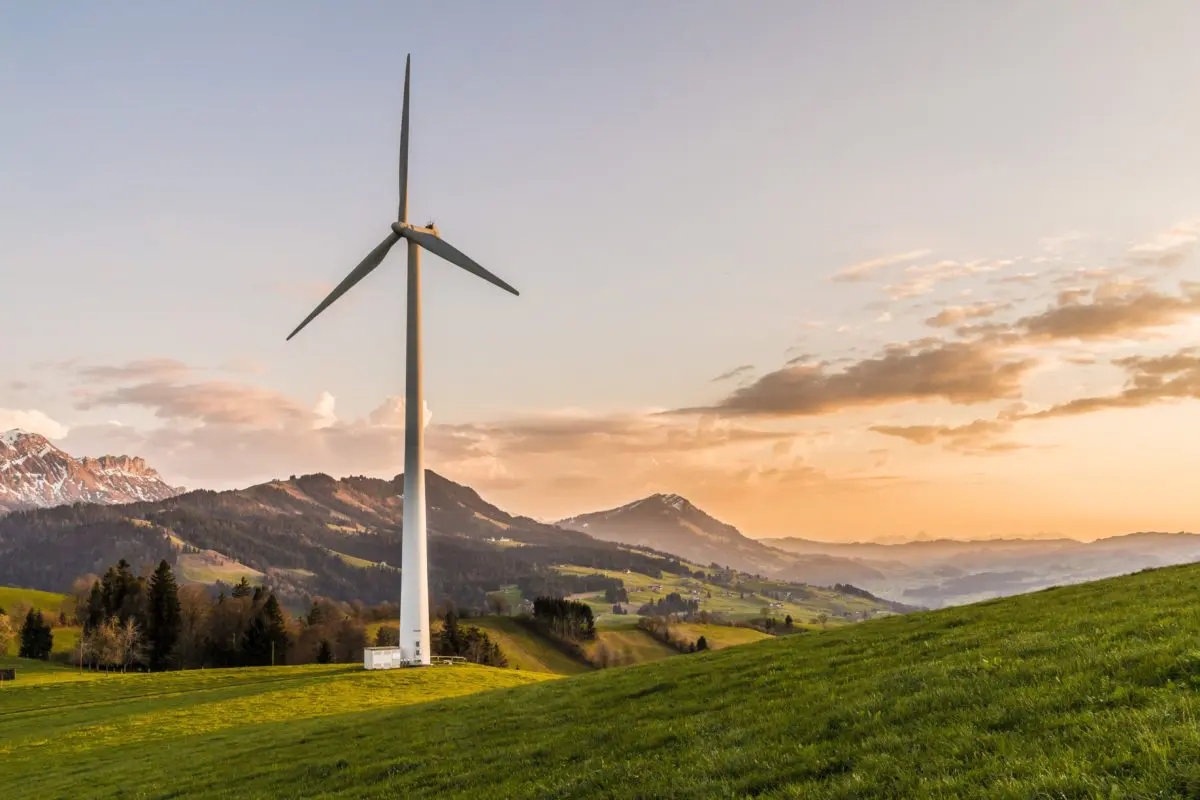Carbon Footprint, Carbon Mitigation, Carbon Neutral, Carbon Offsetting, Circular Economy, Net Zero Carbon, Sustainability
Oxford Principles for Net Zero Carbon Offsetting
University of Oxford Releases Principles for Net Zero Carbon
In September of 2020, climate scientists from The University of Oxford, UK, released a guide on carbon offsetting. The Oxford Principles for Net Zero Aligned Carbon Offsetting, also called the Oxford Principles, comments on how a net zero society can be achieved through the utilisation of carbon offsets and the voluntary carbon market. The Oxford Principles outline 4 main pathways for achieving net zero carbon, ensuring that climate temperature goals are met, and decarbonisation occurs.
Principle 1: Reduce emissions, use certified offsets, and use best practices for offsetting strategies
Reducing emissions first should be a priority for individuals and organisation, as this lowers the overall quantity of emissions that should be offset, and is most beneficial for the environment and climate action. After reduction has taken place, any emissions which cannot be reduced should be offset.
The Oxford Principles share values with the TSVCM and UKGBC publications on voluntary carbon markets and offsets, as all the strategies emphasise the importance that offsets be additional, transparent, and verified.
Ensuring that carbon offsets can be measured, traced, and that they provide real benefit and carbon saving, makes the credits trustworthy. This allows organisations to provide carbon neutrality or net zero statements, and guarantee that the carbon savings have been produced.
Principle 2: Remove more carbon from the atmosphere than is currently being emitted
Focus should shift from offsetting emissions that cannot be reduced in an organisation, to investing in offsetting projects that directly remove CO2 from the atmosphere. In this way, both current and past emissions will be removed from the atmosphere, reducing the atmospheric concentration of CO2 from current levels (around 412ppm), to a level which will support a more sustainable society.
- This will contribute more to carbon negative or climate positive action rather than just net zero atmospheric carbon, and will therefore further increase the effort towards meeting the climate temperature goals.
Principle 3: Carbon needs to be locked away indefinitely
The future of carbon offsetting needs to move towards low-risk, long-term storage options such as geological aquifers, where removed carbon can be locked away for millennia with a low risk of leakage. These specifications will provide assurances that any carbon removed from the atmosphere will not be re-released accidently, thus reversing the benefit caused by the carbon removal.
If carbon dioxide is locked away permanently, and society moves towards a decarbonised, low-carbon economy, then atmospheric carbon concentrations will stay at safe levels. There is therefore a safeguard against atmospheric CO2 reaching a level which is associated with negative impacts from climate change.
Principle 4: Industry standards to create net zero aligned carbon offsetting
The future carbon markets will need to adopt science-based principles to create industry standards for carbon credit and offsetting processes.
- Standards should be set to increase and maintain the integrity of offsets and carbon storage, and these standards should incorporate the Oxford Principles.
Regulation of the carbon markets is essential, and sectors should form alliances to ensure agreements are adhered to as they develop over time in accordance with best practice.
Market signalling will improve the understanding of carbon offset supply and demand, which will increase investment for long-term storage on the carbon market.
Voluntary Carbon Offsetting
Much like the TSVCM publication on the future of sustainable carbon markets, the Oxford Principles emphasises the importance of robustness and integrity in the voluntary carbon market. Carbon credits should be verified and transparent. In addition, the Oxford Principles state the need to expand the voluntary carbon market for the future, and science-based approaches should be used to inform the offsetting and carbon storage processes are in alignment with current best practices.



